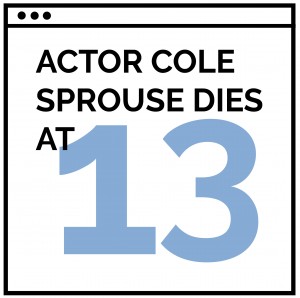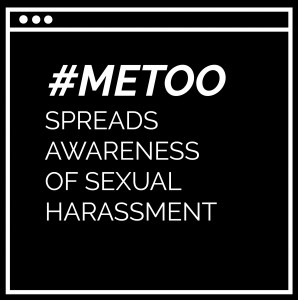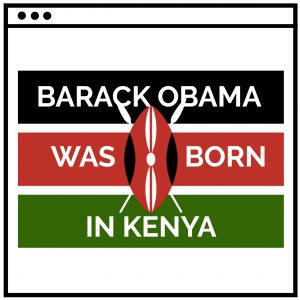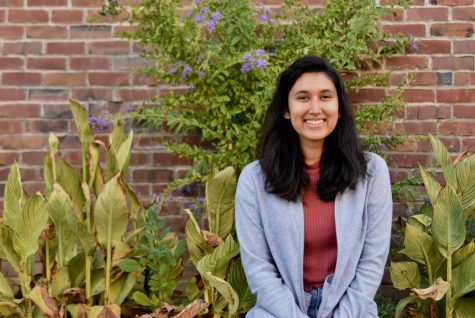
According to the statistics portal Statista, 69 percent of Americans have read or began to read a news article that they later realized was not factually correct. Coined as “fake news,” which refers to any story that contains factually incorrect information and serves to mislead a person, entity, or an organization, the widespread sharing of this misinformation and the public’s inability to identify it is considered by many government officials to be a critical threat to democracy.
Noting this fact, California’s District Three Senator Bill Dodd introduced a new bill in the Senate on Jan. 3 requiring the integration of media literacy education, or the ability to access, analyze and evaluate online media, in school curriculums. Alarmed by the proliferation, reach and influence of hoax websites and hyperpartisan blogs online, it is Dodd’s personal belief that there has never been a greater need for media literacy classes.
“The rise of fake and misleading news is deeply concerning,” Dodd said in a statement through his website. “We already require critical thinking skills in our schools, but they haven’t kept up with technology. Crafting a comprehensive curriculum for media literacy education is essential to combating fake news.”
Students under the proposed curriculum would be taught to analyze media in a critical manner, taking care to note a source’s comprehensiveness, relevance, credibility, authority and accuracy. There will also be an emphasis on digital citizenship — how to appropriately and healthily behave online without compromising one’s privacy.
 Librarian Laura Utile, who considers herself to be an advocate for media literacy, agrees with the contents of the proposed bill. She observes that especially in MVHS, where students are often on a tight schedule with very little leisure time, vetting sources and verifying information is not a top priority for most individuals.
Librarian Laura Utile, who considers herself to be an advocate for media literacy, agrees with the contents of the proposed bill. She observes that especially in MVHS, where students are often on a tight schedule with very little leisure time, vetting sources and verifying information is not a top priority for most individuals.
“I think students don’t think about [checking their sources], so [a lack of media literacy] really is a problem,” Utile said. “Are you going deeper when you get to a website? Are you looking at the ‘About’ page? Are you making sure those sources that you’re quoting are legitimate sources?”
In that respect, senior Nicholas Chen also agrees with Utile’s belief that fact-checking and corroborating sources is often overlooked during the research process. Still, he doesn’t think that a lack of media literacy, or the inability to distinguish fact from fiction, is a central issue at MVHS.
Personally, he has never had problems distinguishing between what news is real and what is not, as the school-organized mini-lessons he’s received on proper citations and media usage over the years have made him a self-described competent consumer of online news. If anything, Chen believes that it is the prevalence of social exclusion and political division in MVHS that contributes to the problem of fake news.
“[Distinguishing between fake and real news] is not a matter of knowledge entirely,” Chen said. “That’s a big part of it, but another big part of it is the psychological aspect of feeling isolated from society. Because when you’re socially isolated, you don’t want to believe what everyone else is believing. It’s very easy to ignore what is being said.”
To prove his point, Chen notes that there are several socially isolated, mostly conservative cliques that stray from the grain of MVHS students’’ typical liberal beliefs and share amongst themselves factually incorrect news.
“You wouldn’t really know it from looking at [these groups] because they’re not very vocal about their beliefs,” Chen said. “But between them, they’ll exchange a lot of very, very non-mainstream views about things like the Holocaust being fake.”
Although these students are believers of inaccurate information, Chen reinforces his belief that their situation has less to do with detecting fact versus fiction and more to do with isolation — an aspect of basic human psychology he believes the proposed bill should take into account.
English teacher David Clarke shares a similar sentiment, expressing that it is not the inability to vet sources or  recognize bias that makes it difficult to distinguish between fake and real news, but rather an individual’s tendency to believe stories that only align with their ideologies, which are easily accessible with media filtering.
recognize bias that makes it difficult to distinguish between fake and real news, but rather an individual’s tendency to believe stories that only align with their ideologies, which are easily accessible with media filtering.
“You can avoid seeing news that you don’t want to see or opinions that you don’t want to see, because you just look at all the ones you agree with,” Clarke said. “Even Facebook and various other social media will just reinforce that you like something and they will give you more stuff that you like, so you never see the stuff that you don’t like.”
According to Clarke, that need for one’s own beliefs to be reinforced also emerges in the way that students approach writing. He believes that a close-minded partisan approach to writing, rather than a lack of media literacy, is the root cause of the fake news issue. Media literacy classes, in his opinion, simply mask the fact that personal bias is the reason for one-sided, often inaccurate journalism.
“It’s not media literacy that’s the issue,” Clarke said. “For me, it’s the way we approach writing. We approach writing in a very partisan way. We don’t approach writing as an expression, in my opinion, of an open mind. It’s an expression of ‘Here are my beliefs and here is why my beliefs are right.’ That’s the way you’re taught to write essays in Lit. You start with a thesis, you gather evidence, you construct an argument. That’s not research.”
For this reason, he believes that students should be taught to have a more open mind, one that is willing to accept, or at least address, opposing ideas through the medium of writing. He suggests that instead of following the traditional claim-evidence-reasoning pattern, students should begin with a question, gather information and then present their findings without inserting any personal bias.
“The notion of proof in the kind of writing that we give you goes against the kind of conversation that we want to have,” Clarke said. “If everybody’s writing in a manner which is just reinforcing their own beliefs, then no wonder people are bickering in a partisan manner, because they’re just talking past each other. They’re not talking about the same thing because they’re not looking at the same set of information. They’re just looking at the information which reinforces what they believe.”
 As such, Clarke is in agreement with Utile, who encourages students to corroborate their sources and fact-check their information before turning any assignment in. She especially implores students to note the role of an author’s personal motivations and how it might affect their writing.
As such, Clarke is in agreement with Utile, who encourages students to corroborate their sources and fact-check their information before turning any assignment in. She especially implores students to note the role of an author’s personal motivations and how it might affect their writing.
But most of all, Utile wants to ensure that the conversation regarding media literacy is continual — that it progresses throughout a student’s high school career. In a time and age where technology is ever-changing and misinformation is just a click away, it is Utile’s belief that media literacy needs to be weaved into all courses.
“In zero tolerance [assemblies], you’re supposed to be getting information on digital literacy and citizenship, but there are people that will go [to The Onion] thinking that that is a legitimate site and it’s not satire,” Utile said. “And with technology always changing and the influence of social media and blogs and different things, and how things are spread out through the internet, I think it’s important that the conversation starts now and in all classes.”






